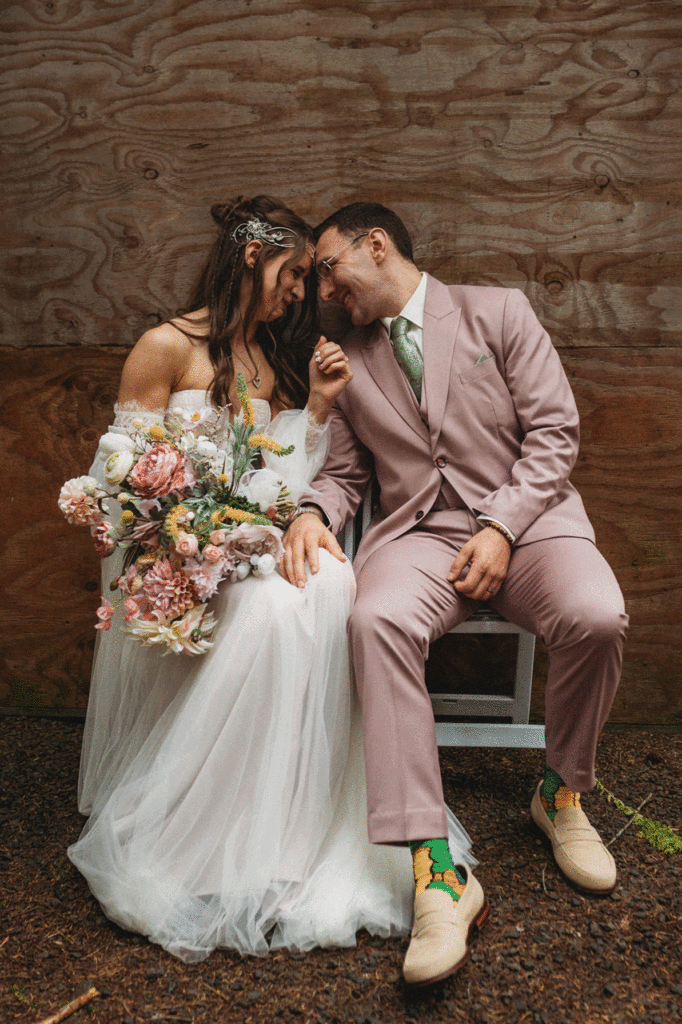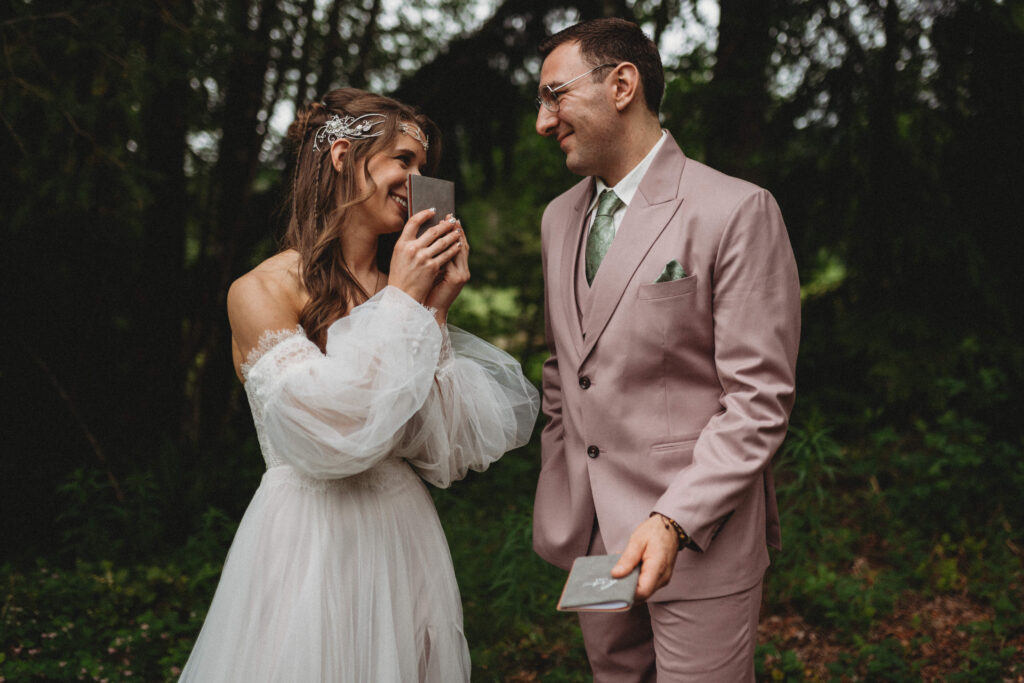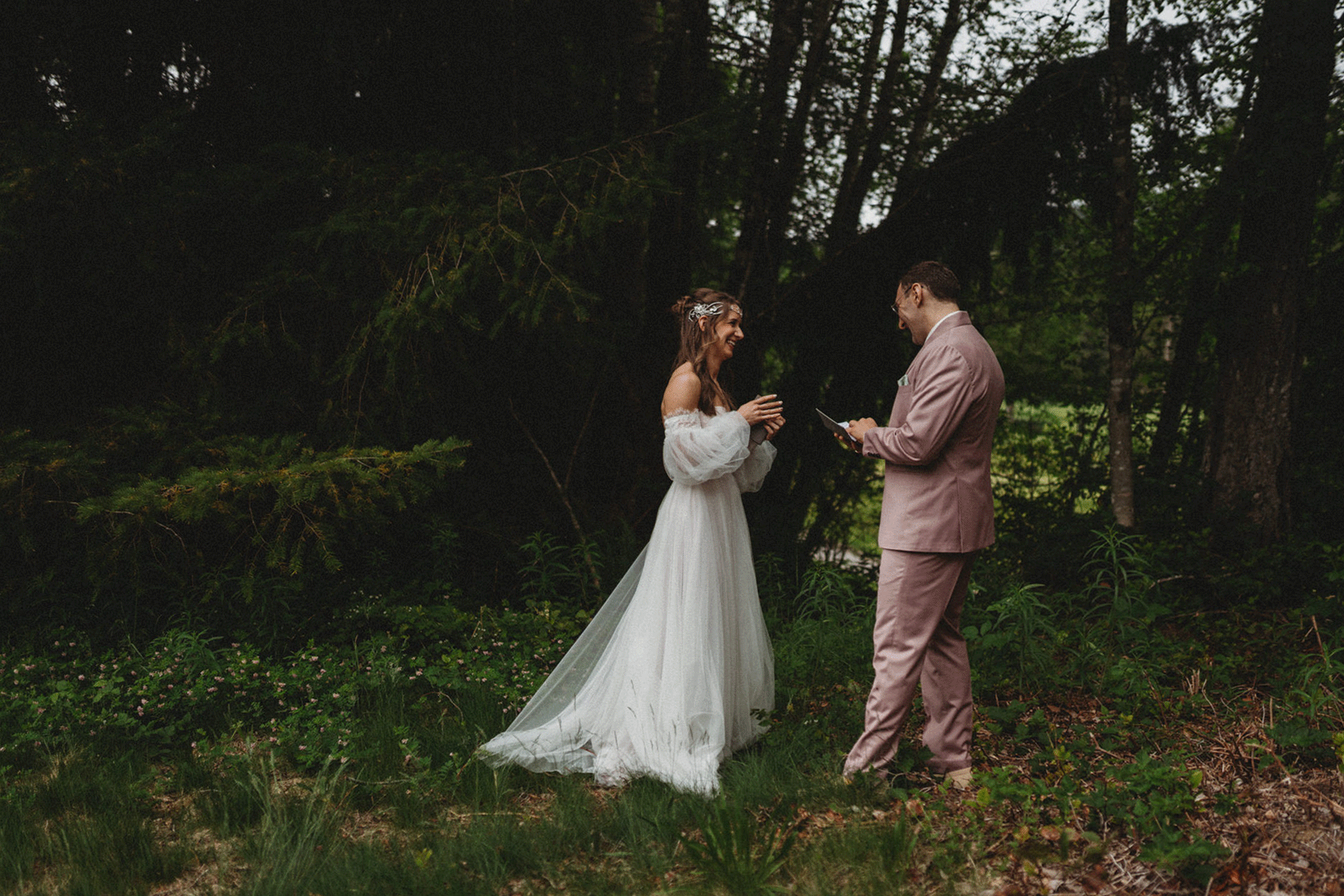When you finally decide becoming a photographer is your purpose, you have to explore all types to really know what you are made for. Most of us try weddings at least once, and some of us LOVE THEM!
Becoming a wedding photographer is a totally attainable goal, BUT Before you shoot your first wedding, there is a whole lot you have to learn. This is just a little crash course of suggestions, but if you are serious about becoming a wedding photographer, contact me about mentorship and I will walk you through step-by-step.

First, Let’s talk about your equipment.
You do not have to have top-of-the-line equipment to shoot a wedding. However, there are a few things that are non-negotiable. If you can’t afford them yet, rent them, borrow them, or wait to shoot a wedding until you can.
Cameras being used to shoot a wedding should have the capability to shoot onto 2 memory cards simultaneously. That means that the same images are put onto both cards at the same time. The default setting for cameras with dual card slots is once you run out of space on one card, you go to the next one. CHANGE IT to simultaneous recording!
You need both cards holding the same information because if one of those cards becomes corrupted, you still have those images on your backup card. I shoot RAW onto both cards simultaneously, and never erase either card until the images are delivered.
In case of equipment failure, you should have a spare camera, spare lenses, spare fully-charged batteries, and lots of extra SD cards. You should also have a flash that you know how to use.
Now, let’s talk about your skills.
A wedding day is so much more than just a session. You need to be able to move quickly, change your settings quickly, and adapt to any and all lighting situations. During a session you can control when and where you shoot to get the best light, but during a wedding day, moments are your priority, and you have to deal with whatever light you are given.
Before you shoot a wedding you should be confident in:
- Shooting in full sun
- Shooting backlit subjects
- Shooting, directing, and posing couples
- Shooting in dark/small rooms
- Shooting, directing, and posing groups of people (while getting them all in focus)
- Using flash to supplement light
- Shooting moving subjects
- Editing all of it to look cohesive in an album or online gallery

Okay, so how about your backup plan?
You should have redundant backup procedures starting with shooting onto two cards at once.
When you get home from that wedding, you need to backup those images immediately. That means taking out one of those two cards, putting it into your computer, and not uploading those images onto your computer.
Do not store images on your computer. Computers get overloaded, computers die, computers crash.
Instead, your images need to be uploaded onto an external hard drive and then copied onto another external hard drive. And, if you’re able to, also copied onto the cloud somewhere or an online backup, like Dropbox or Backblaze.
I live out in the country and my internet sucks, so instead of doing an online backup, I just have lots of real-life backups. (Usually 3 in addition to my original SD cards.)
Your SD cards from that wedding do not get used again until you have delivered that wedding and everyone is happy. You put them away somewhere until you’re completely done. (I have a “working owl” and my SD cards go in there while in my editing queue.)
I also carry one of my external hard drives with me at all times, just in case something happens to my office at home. A lot of people also buy fireproof safe to put their SD cards or their second external hard drive in. That’s also a good idea. I don’t have one, but it’s on my list…
After everything is backed up at least twice, you can plug in your external hard drive, open lightroom, and create a new catalog pulling the images and working from the external hard drive rather than the SD card or your computer.
I use this SSD Drive to work from and these external hard drives for my backups.
Second shoot or assist another photographer.
Second shoot as many as you can. Second shooters show up on the wedding day and work under the Main shooter’s brand. You will usually use your primary photographer’s SD cards and capture everything that they need you to. Stay out of their way, but get the best shots you can for them. You won’t have to edit, be in charge of directing or posing, but you will get to experience a wedding day, learn what is needed, and practice shooting in all conditions.
If you already have a solo wedding scheduled for the future, get on Facebook and some local photography groups and tell them “Hey, I want to second shoot for you. I’ve got a wedding coming up I need to learn!” If nobody’s biting, offer to assist for them for free.
Assisting is not the same as second shooting. Assisting means you’re not shooting at all. You’re just walking around with the lead photographer, carrying things, pulling things, passing them things, picking up things, holding things, making sure everyone’s hair is out of their face, you know, stuff like that. Assisting is usually unpaid, or paid less, because you can come and go as you please, it’s all up to you how much you want to learn and soak in.
Before you go it alone on a wedding day.
You need to know how a wedding day goes. You need to know how many things can go wrong, and you need to know how to fix those things to go wrong.
Whether you like it or not, the wedding photographer is the right-hand man on a wedding day. There’s not necessarily going to be a wedding planner. There’s not necessarily going to be a day of coordinator. It’s probably gonna be you that they look to for answers, ideas, and solutions, and I actually really like it that way.
I love to be the driver on a wedding day, because I’m confident that I can help it go as smoothly as possible. Why do you need another person, when I’m with you all day long anyway?

Now, the timelines.
Now, this isn’t necessarily a requirement before you start shooting a wedding, but I if you’re going to be a wedding photographer, I think it’s really important that you know how to create a wedding day timeline.
I create all the timelines for my client’s weddings, and part of the reason why I do that is because I want them to have enough time for photos. I don’t want all of their photos to have to be done right after the ceremony, right before the reception (like wedding planners seem to think is the best time).
I want my clients to have some relaxing alone time as well. Some time where they’re not with me, they’re not with any family, they’re not with any friends, they’re totally alone. It just makes their day go so much better, and I know how to make it all run smoothly for them, so I like to take the timeline building on for them. They always appreciate it.
FLASH!
You need to know how to use flash. You do. I’m so sorry. I know that you’re probably a natural light photographer, and that’s okay. You don’t have to know how to use it super duper well. Truly, you can probably in most cases, point your flash straight up at the ceiling and adjust it until it looks good. That’s the very very basic way to add light when you need it. Especially if you got a white ceiling and it’s nice and low. Just point that sucker straight at the ceiling, and just light that room up.
Be a mind reader.
You should be able to anticipate your client’s needs on a wedding day.
You should be able to read people. You should be able to look at their face and see if this person is becoming a little stressed, or needs some encouragement, or needs a little break from her mother-in-law, or needs a drink. Basically the it’s the most intense customer service ever, and I’m a huge customer service nerd so I fucking love it.
But I think it’s really really really important to prepare for anything that means in my fanny pack, I’ve got a nice black pen, I’ve got clear nail polish, I’ve got flossers, I’ve got Kleenex, makeup remover wipes, tide pens, little deodorant wipes, I’ve got scissors, pins, ribbon, tape, I’ve got everything they could need.
There’s nothing that will make a bride feel better about choosing you to be her photographer than when she’s like, “Oh shit, does anybody have this thing?” And you’re like, “Oh yeah, I got it.”
It feels so good when they need something, and you have it. It’s like, “I knew you were going to need this before you even knew.”
Just be prepared to provide the best customer service ever. That even means running around and doing things that aren’t your job if it helps your client have a perfect day.
Before you take a wedding, COVER YOUR ASS.
This is non-negotiable. You need to have everything laid out in your contract. When and how they will get their images, how they can and cannot use those images, what happens if something bad happens to you, that you are not responsible for injuries, that upon signing they agree that their images may be used in your social media or marketing, etc.
If you don’t have a wedding contract, you don’t shoot that wedding. Get yourself a contract now, have it reviewed by a lawyer, and make sure your client and you both sign it before they are officially “on your books”
On that note, you also need to have insurance, please. So many terrible things can happen on a wedding day including your equipment getting stolen or ruined, or your clients images getting stolen or ruined. You need to have coverage for that and all the other disasters that could occur.
Visit the Venue.
If you’re not confident in all the different lighting situations you could encounter, try your best to visit the venue beforehand. People who run venues want photos of their venue anyway. So if you can hook up with the person and say “Hey, I’ve got a wedding coming up here later. Can I just walk through take a look at the place? I’ll take some pictures for you and send them to you.” They’ll almost always be like, “Oh hell yeah!” And show you around. That way you can see where you will need flash, and even practice in different lighting all over the venue.

A few more tips…
Be ready to stay calm and keep other people calm.
Bring a buttload of snacks, water, and caffeine because you’ll need all of it
If you are prone to body pain of any sort, as I am, hydrate and pop those ibuprofen before you start shooting. Not once you get home. It helps prevent the inflammation rather than trying to fix it after the fact.
Be ready to step out of your comfort zone, and get out of your shell. You have to be ready to talk to people. You have to be confident in telling people what to do and when to do it. Sometimes you even have to yell. If you’re not a good yeller, either bring a friend to assist you, or find the loud one in the wedding party. They will help you get everyone’s attention.
Know your couple.
You should know them well enough to know how they are at showing affection. What kind of you know poses or prompts they are comfortable with and what seems wrong for them.
If you have a couple who’s really into all the artsy stuff and wants all the artsy fartsy weird stuff, make sure that you make time for that because it can take some time. If you have a couple that hates all that stuff and wants just purely documentary things, don’t pose them, don’t prompt them into unnatural activities, just try your best to accommodate the couple that you have while still maintaining your style.
Breathe.
We all had to do our first wedding at some point and you’re gonna do a great job. Just make sure you’re prepared. Make sure you back everything up, and make sure you have a solid contract and insurance so if something terrible happens, you’re covered.
Do all these things and you’re gonna do great. I believe in you!

View comments
+ comment